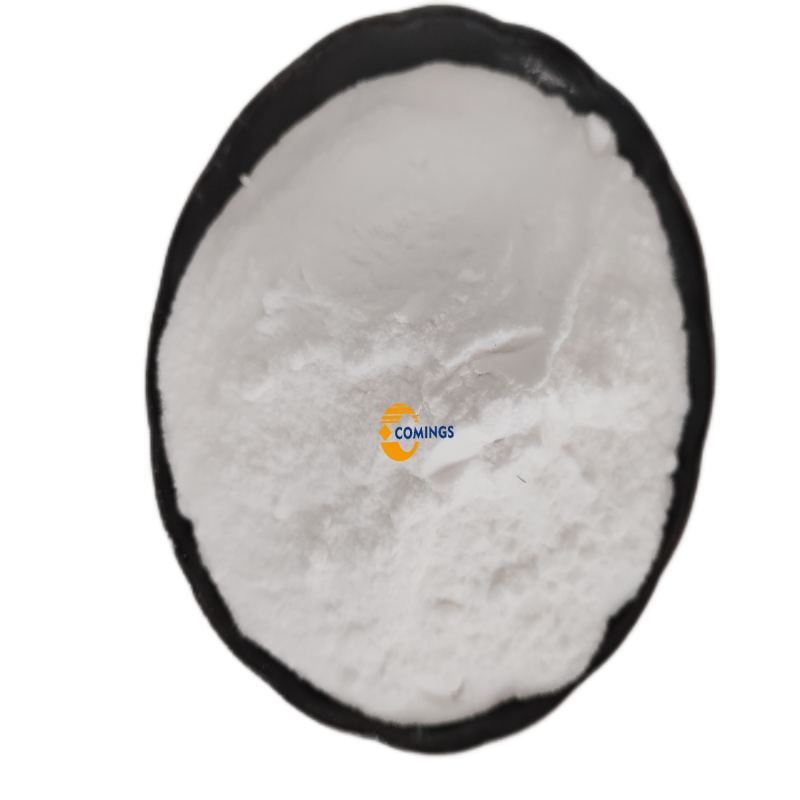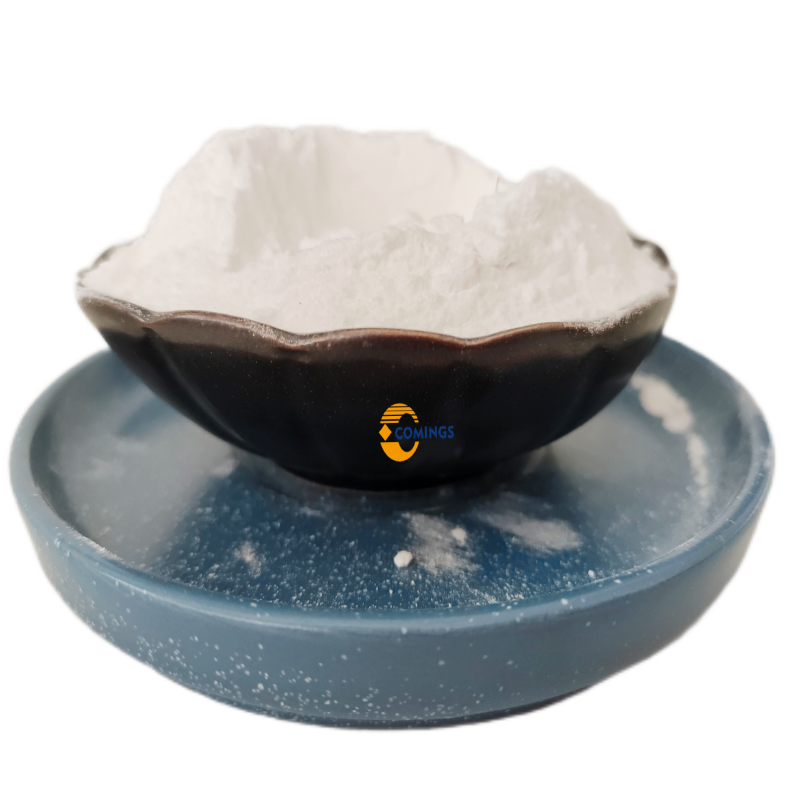-
Categories
-
Pharmaceutical Intermediates
-
Active Pharmaceutical Ingredients
-
Food Additives
- Industrial Coatings
- Agrochemicals
- Dyes and Pigments
- Surfactant
- Flavors and Fragrances
- Chemical Reagents
- Catalyst and Auxiliary
- Natural Products
- Inorganic Chemistry
-
Organic Chemistry
-
Biochemical Engineering
- Analytical Chemistry
-
Cosmetic Ingredient
- Water Treatment Chemical
-
Pharmaceutical Intermediates
Promotion
ECHEMI Mall
Wholesale
Weekly Price
Exhibition
News
-
Trade Service
This article is the original of Translational Medicine Network, please indicate the source for reprinting
Written by Jevin
The new coronavirus usually infects humans through the respiratory tract and causes damage
to the respiratory system and various organs of the human body.
With the large-scale epidemic of the new crown virus, new virus mutant strains continue to appear, Alpha, Beta, Gamma, Delta, Omicron, etc.
, some of which have stronger infection ability or stronger immune escape ability
.
On January 11, 2023, researchers from Boston University, Harvard Medical School, and the University of Wisconsin published a research paper in the top international journal Nature, which found the weakness of Omicron, indicating that NSP6 protein mutations are an important reason for the weak pathogenicity of Omicron, and the contribution of spike protein to Omicron's lower pathogenicity is minimal, opening up a new way to eliminate COVID.
It provides a new way of thinking
for future vaccines and treatments.
#Sec4
Spike protein
01
At a safety lab at Boston University's National Laboratory for Emerging Infectious Diseases (NEIDL), researchers first studied the virus's spike protein, a molecule that helps SARS-CoV-2 invade cells and start infections, and is also used in most vaccines
.
One of the reasons for this mutation is that scientists have determined that most mutations are concentrated in
this one protein.
The researchers put Omicron's spike into a wild-type virus to produce a chimeric recombinant virus, a modified virus containing different viral gene fragments, which they called Omi-S, a version of the original virus that contained the Omicron protein
.
The researchers believe that if spike is responsible for the Omicron virus decay, then the Omi-S and Omicron viruses should cause similar mild illness
.
Research ideas
02
When the researchers compared Omicron, Washington, and Omi-S in cells cultured in a dish, they found that chimeric viruses were weaker
than wild-type viruses.
But it's still not as weak as Omicron, suggesting that it's not just the spike protein that is responsible for the variant's relative lack of pathogenicity.
They then tested the three variants of the virus in bioengineered animal models
.
Modified into mice that are more susceptible to disease, the results are the same
.
Not only is the Omi-S version of the virus less lethal to mice than the type of virus that spread from person to person when COVID first hit the United States, but it also has a low fatality rate for rodents because they are bioengineered to be more susceptible to the virus
.
Omicron's weakness
03
After determining that the spike protein was not the only factor in diluting Omicron's potency, the research team set out to look for other possible causes
.
They eventually discovered a different protein: NSP6
.
In fact, in addition to the spike protein, the new coronavirus also includes some other molecular components that work together to complete the infection process
.
The non-structural protein, NSP6, works to promote the formation of certain membrane vesicles in infected cells, which act as factories
for viral genome amplification.
The researchers added Omicron's NSP6 protein to Omi-S's chimeric virus to form the Omi-S plus NSP6 virus, which was once again experimentally verified
.
The study found that Omi-S plus NSP6 virus replication was significantly reduced, and the infection kinetics were similar
to Omicron.
Experiments in mice showed that compared with Omi-S, the Omi-S plus NSP6 virus was weaker and the bronchial infections in the lungs of infected mice were reduced
.
The researchers said that the NSP6 protein is also involved in inflammation, and when people are infected with the new crown, inflammation occurs in the lungs, leading to pneumonia and acute respiratory distress syndrome, and NSP6 seems to play a role in this
.
In conclusion, the study demonstrates the relative impact
of different SARS-CoV-2 gene fragments on disease severity.
This type of research not only has the potential to predict which variants may lead to new waves of infection, but also to identify targets for new therapies against COVID-19
.
Resources:
#Sec4
Note: This article is intended to introduce the progress of medical research and cannot be used as a reference
for treatment options.
If you need health guidance, please go to a regular hospital
.
Referrals, live broadcasts/events
01/12 14:00-16:00 Online
Olink Multiomics Cohort Forum
Scan the code to participate for free
03/02-03 09:00-18:00 Shanghai
The 2nd Yangtze River Delta Single-cell Omics Technology Application Forum
Scan the code to participate for free






